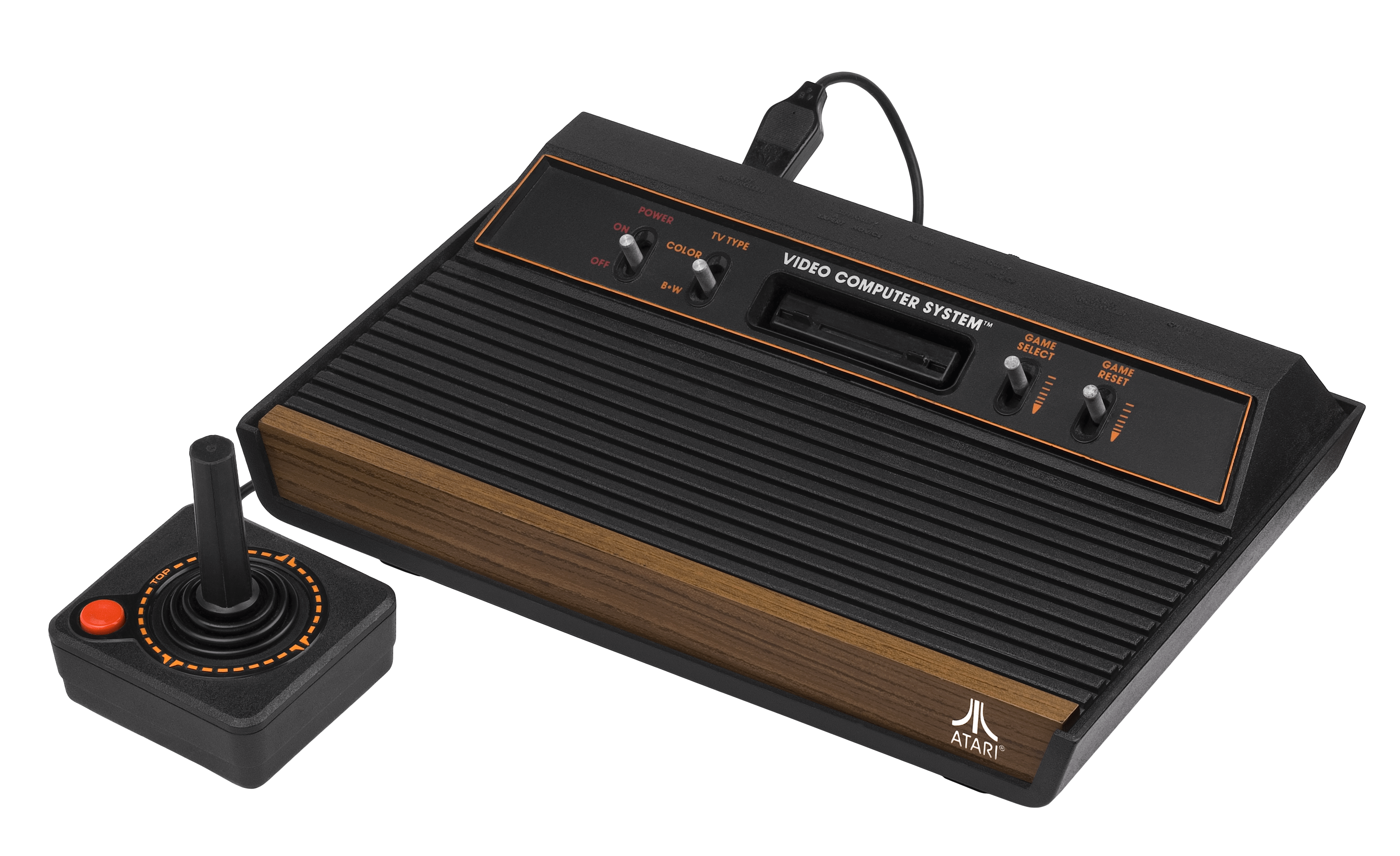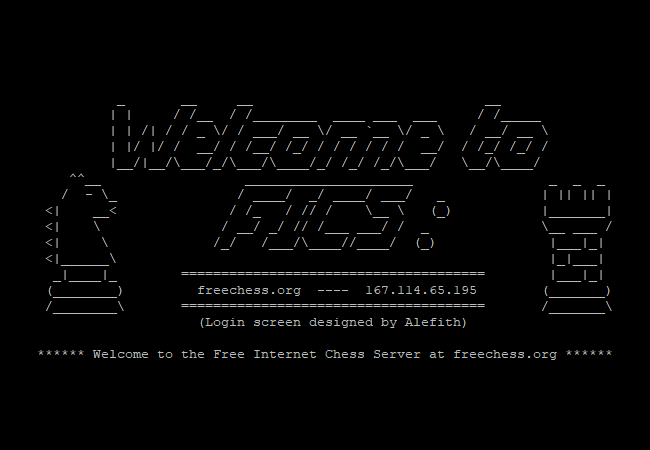
The History of Internet Chess Servers
Today, whether you’re a novice or a Grandmaster, odds are most of your chess games are played online. Online chess has become the primary means of playing whether it’s on chess.com/ chess24/chessbase or whatever other server, the ease with which players can be matched quickly with others of a similar rating and across various time controls and variants, seemingly instantaneously, is truly something we take for granted. Today we will explore the history of online chess and how we got to where we are today.
Early days
Before the internet, people had to find creative ways to play chess remotely, however the only options were either through the mail or using carrier pigeons. Yes, you heard that right pigeons. Imagine sitting at home and a pigeon flies up to your window and taped to it’s leg is a 1.e4 , honestly that sounds pretty awesome we need to bring back pigeon chess. This is the original form of correspondence chess and matches would take months or even years to complete.
As with many other modern technologies the rise of the internet first began as a research project by the government during the cold war era. The first internet type system developed was ARPANET, which was built by the us government as a means of long distance communication between government servers without a centralized location.

Arpanet would go on to become what we today call the internet. Alongside Arpanet there were also other networks developed across the country, one of these is called PLATO the programmed logic for automatic teaching operations was started in the university of Illinois in the 1960s as a way for teachers to transmit lessons using a computer, this revolutionary system ran on several thousand PLATO terminals across the country at various institutions, although it was designed for teachers the students were mostly using it to communicate with each other and play games. The invention of forums, message boards, online testing, IMs, and online chess in the form of a program called chess3 can be traced back to these ancient touch screen computers.
Back then, you wouldn’t have a nice chess interface like we see today, instead you would use a command prompt type screen to transmit moves with more advanced systems showing you a chessboard type image. Later on in the 80s chess video games became available and in 1983 Atari released telechess which allowed two players with Atari’s to remotely play a game of chess using their Atari computers, a joystick, and playing using their telephone lines.

Although these advancements would allow people to play remotely it isn’t until the emergence of the world wide web that we see the first creation of a dedicated internet chess server, internet chess servers such as chess.com and lichess, an internet chess server is a server that allows people to play, discuss, and view chess games online.
90s
The first internet chess server was creatively named Internet Chess Server or ICS for short and was programmed by Michael Moore and Richard Nash of the university of Utah and launched in 1992. Players logged into telnet, an archaic internet, and the board was displayed using ASCII text. This early ICS was plagued with issues such as illegal moves, false checkmates, and so on but it would serve as the basis of ICS’s for years to come and would be continuously improved over the years adding features like ELO, a graphical interface, and improvements to the bugs. In mid-1992 the server would move to Carnegie Mellon university and john chanak, William kish, and aaron putman took over the operation. Later that year Daniel Sleator would takeover the ICS as lead programmer overhauling the code and addressing issues in the system, in 1994 he would copyright the code and turn what was once a free website into a paid membership only server called the internet chess club, or ICC – although titled players like IMs and GMs could play for free.

Members were outraged at having to pay the $49 a year and claimed that Sleator didn’t have the right to commercialize the server since most of its source code was written by other people. Nevertheless, he still went on to commercialize it and the site would remain popular with chess enthusiasts and is still running to this day (chessclub.com). ICS was certainly a trailblazer in the world of online chess and still exists to this day albeit in a much more limited capacity. Some of the volunteers who put in work on ICC back when it was ICS were frustrated with Sleator’s commercialization and went on to form their own server called the free internet chess server (FICS) (freechess.org) which provided access to all features for free, foreshadowing the current division in approaches by the biggest sites today.


In 1996 John Fanning, uncle of Napster founder Shawn Fanning, would start chess.net which started as a free server but would also become a commercial internet chess server to rival chess.com. Chess.net is still functioning but seems to be mostly abandoned and hasn’t seen an update in ages.
In 1997 Yahoo would purchase ClassicGames, created by internet entrepreneur Joel Comm and programmer Eron Jokipii, the following year in 1998 Yahoo! Games would launch which allowed users to play games with themselves or with others with chat room and group features. Yahoo games was mostly free and allowed users to join dedicated chess forums, clubs, and introduced a chat feature. You could play private or public games and the user interface worked smoothly. The chat was unmoderated and apparently pretty toxic based on comments from former users with a lot of cheaters and no admins, a far cry from the heavily moderated servers we’re used to today. It was a lot like an early chess.com just more toxic and limited due to the technology. Sadly in 2014 yahoo chess as well as other yahoo games were commissioned to be taken down and that part of the site would be completely shut down by 2016.

There were of course some other chess servers such as Playchess by Chessbase, the World Chess Network was also popular, and Chesslive which was a subscription based service affiliate with the us chess federation, but ICC , Yahoo, and world chess network were really the popular places for chess before the modern era. At this time online chess is much different than it is today, for many of these servers you had to download a local client software which provided the UI for playing chess and connected you to the server. Later in the 90s you were actually able to play chess on a website running java or flash , similar to what we see today.
2000s
The 2000s is where we see the birth of many of the popular chess servers we have today were born.. Chess.com was launched in 2007 by CEO Erik Allebest and partner Jarom Severson after purchasing the domain for 55k, a relatively cheap price considering its value today , and lichess would be started in 2010 as a side project by French programmer Thibault Duplessis, providing a free and open source option contrasting chess.coms freemium subscription based model , similar to the earlier division in philosophies of ICS and FICS. In 2014 gradnmaster Jan Gustafsson and Enrique Guzman found Chess24 collaboarting with GMs, IMS, and world champions like Carlsen, Ananand, Svideler, Hou Yifan. In 2019 chess24 merged with Magnus Carlsen’s company play Magnus. Today these are three most popular chess servers and I’ll make a detailed video going into the histories of these another time but a lot of the features they have like instant messaging, spectating games, chess clubs, video content ,were all drawn from those earlier chess servers in the 90s and early 2000s so we definitely have to give props where they are due.